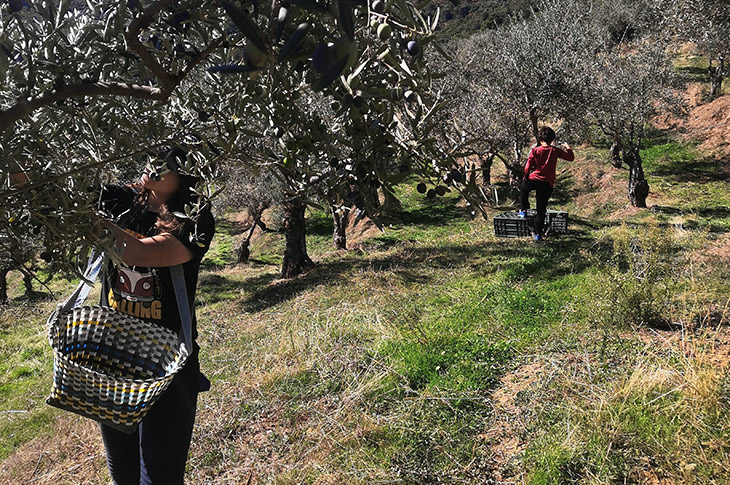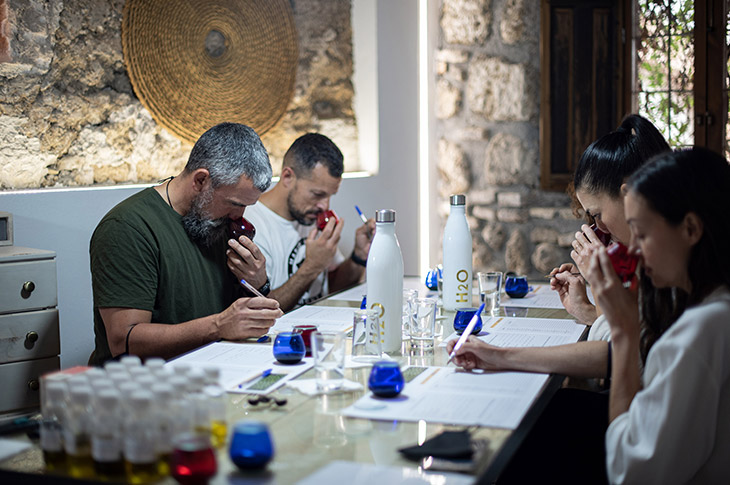Olive-oil tourism in Spain: A journey through the soul of the olive tree
Eight provinces promote a rural experience with a unique identity
Olive-oil tourism has found fertile ground in Spain—as tradition, surrounding landscapes, and local development combine to shape a tourist attraction based on extra-virgin olive oil. Through the Oleoturismo España project, promoted by the Spanish Association of Olive Tree Municipalities (AEMO), eight Spanish provinces have organized an offering that combines visits to olive mills, walks through centuries-old olive groves, cultural heritage, and wellness activities in rural destinations inviting visitors to discover the soul of the olive tree through sustainable and authentic experiences. Badajoz. Amid a landscape of meadows and olive groves, Mérida, a World Heritage city recognized for its Roman archaeological ensemble, and Badajoz, with its Alcazaba and old town, have made a name for themselves. This province promotes its extra-virgin olive oils through initiatives like the “Province of Badajoz, Early Harvest” tasting competition. Cáceres. Here, the groves of Manzanilla Cacereña, Cordovil, or Verdial olive varieties coexist with historical heritage that includes an impressive old town and a World Heritage Site, alongside Trujillo, Alcántara, and the northern mountain ranges. In these lands, travelers can make the most of small, family-run olive mills and learn the artisanal process of extracting EVOO.

Ciudad Real. This destination stands out not just for its rich olive oil but also for its natural spaces, such as Las Tablas de Daimiel and the Lagunas de Ruidera, in a land also marked by winegrowing. The entire province is closely linked to the figure of Don Quixote of La Mancha, as this knight-errant’s adventures come to life among olive groves and wetlands. Córdoba. The capital of what was once Al-Andalus reveals an oil-tourism model based on history and landscape. Here, olive groves stretch out from the Guadalquivir river plains to the Subbéticas mountain ranges, dotted with oil mills, rural estates, and villages with a firm oil-growing tradition. Meanwhile, the Mosque-Cathedral, Medina Azahara, and the Courtyards of Córdoba all offer their unique heritage value. Jaén. With over 70 million olive trees, this province is the largest producer of EVOO in the world. The OleotourJaén project offers up a comprehensive program: visits to oil mills, olive-oil museums, olive-therapy experiences, and some themed routes through natural parks and rural estates. Finally, the cities of Úbeda and Baeza, declared World Heritage sites, round off an offering of attractions linked to olive-growing and its emblematic landscape.

Huelva. Between the Atlantic Ocean and the mountains, Huelva offers olive-oil tourism attractions framed by biodiversity. From the Sierra de Aracena to historic sites such as La Rábida, visitors can take advantage of the chance to combine experiences at oil mills with local gastronomy—such as DOP Jabugo ham, mojama cured tuna loin, or wines from the Condado de Huelva—and routes through nature. Seville. This province combines the wealth of its Roman, Islamic, and Christian heritage with the agricultural significance of the olive tree. Here, traditional Sevillian estates and the olive-dressing industries have shaped olive-oil tourism routes along which visitors can also explore historical heritage or participate in tastings and workshops linked to extra-virgin olive oil. Tarragona. This Catalan province has developed its offering around two central pillars: the Costa Dorada and Terres de l’Ebre. The La Sénia area, with more than 6,000 ancient olive trees, and the Siurana, Baix Ebre-Montsià, and Terra Alta designations of origins define the identity of a destination that blends landscape, history, and traditional production in the lands that lie around the ancient Roman city of Tarraco. This olive-oil tourism experience allows visitors to learn about how EVOO is made, straight from the source, as well as participating in tasting sessions, touring olive groves, spending the night in rural settings, and enjoying a range of cultural and gastronomic activities. All within a framework of responsible tourism that boosts the local economy and promotes this olive-growing landscape’s conservation.

